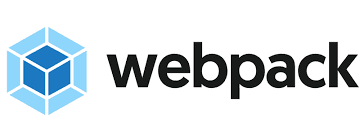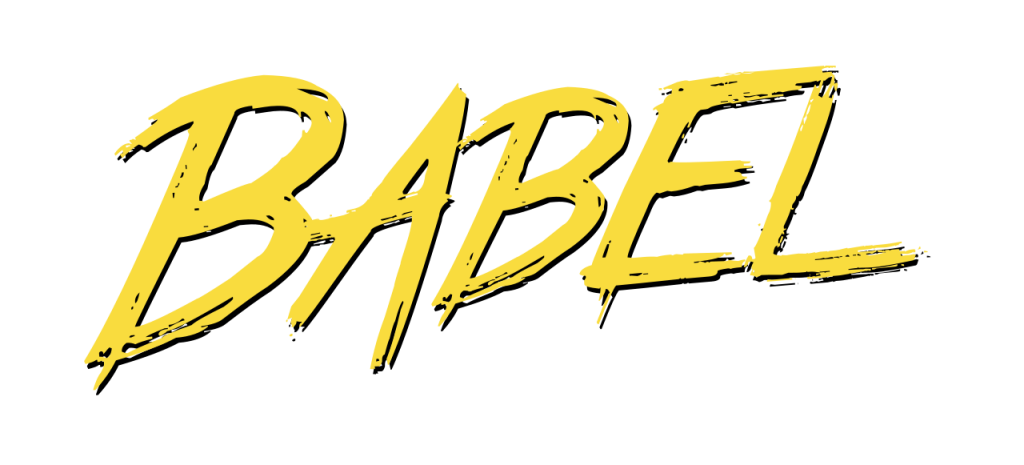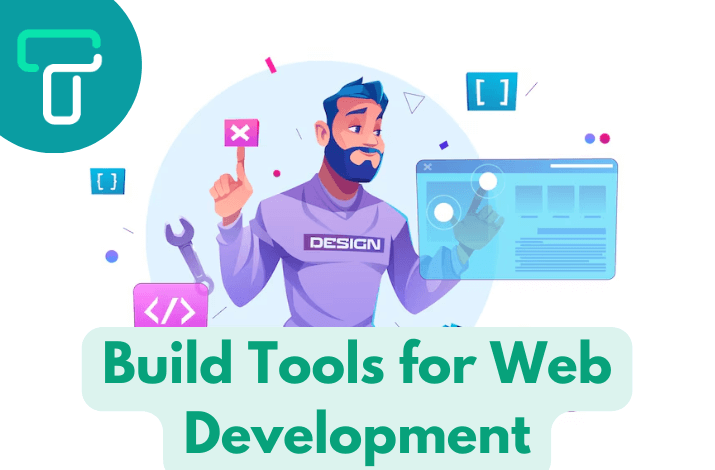In the realm of web development, front-end build tools are the unsung heroes that make your digital experiences smooth and dynamic. Picture them as the backstage crew ensuring the flawless performance of a website. Today, we’ll delve into the pivotal role of these tools and uncover the top 5 that can significantly enhance your frontend workflow. What gives a professional web development services agency the upper hand? We are just about to find out.
Understanding the Need for Build Tools
In the fast-paced World Of Modern web development, building a website is not just about Writing Code. It’s about efficiently Managing Complexity ensuring optimal Performance and keeping your codebase tidy. Without the right build tools, it’s like trying to Assemble a Puzzle Blindfolded.
Consider this: a study by Stack Overflow Developer Survey reveals that 76.6% of developers globally use some form of build tool. Why? Because it’s the secret sauce to Automation, a cornerstone in the Foundation of a robust Website. Automation in this Context means less manual labor and More Time for Creativity.
Now, let’s talk about performance. Google states that 53% of mobile users abandon a site if it takes more than three seconds to load. Frontend build tools optimize your code, making your website load faster than a New York minute.
Code organization is another game-changer. Ever tried to find a misplaced sock in the laundry? Now imagine that with lines of code. Build tools to tidy things up, ensuring your codebase is neat and organized, like a well-kept bookshelf. That is what a top professional web development services agency brings to the table.

Top 5 Web Development Build Tools
1- Webpack: A Deep Dive
Webpack is like the confidential magician of your website, pulling off tricks that make it shine on the frontal end. Let’s take a deep dive into what makes Webpack a hustler in the world of frontal-end figure tools.
Comprehensive Explanation of Webpack
Webpack is basically a module parcel, but suppose of it as the superhero that takes all your JavaScript, CSS, and other means and packets them together for optimal performance. This speeding process not only reduces the number of garçon requests but also speeds up your website’s loading time – a pivotal factor for keeping intolerant druggies engaged.
Handling Bundling, Code Splitting, and Module Bundling
When it comes to bundling, Webpack breaks down your code into manageable pieces, making it easier to maintain and update. Code splitting is where Webpack truly shines. It allows you to split your code into smaller chunks, loading only what’s needed when it’s needed. This means faster initial page loads and a smoother user experience.
Module bundling is another key feature. Imagine your website is a puzzle made up of different pieces – modules. Webpack puts this puzzle together efficiently, ensuring that each piece fits perfectly. This results in a more organized and maintainable codebase.
Read Also: How to Leverage AI Image Generation for SEO

2- Babel: Transpile Your Code Like a Pro
Babel is your language translator in the coding world. It converts the most advanced JavaScript (ECMAScript) features into a form that is compatible with older browsers. This guarantees that your code functions properly in whatever browser that your users may choose.
Support for the Most Recent Features of ECMAScript and Cross-Browser Interoperability
New features are constantly being added to JavaScript to increase functionality and enhance the development experience. Babel makes sure you can take advantage of these capabilities without having to worry about incompatibilities. With Babel, you can write code using the latest ECMAScript syntax, and it will gracefully transpile into a version compatible with older browsers.
Practical Examples of Configuring Babel
Configuring Babel doesn’t have to be a head-scratcher. We’ll walk you through practical examples of setting up Babel for different project needs. Whether Babel’s adaptability lets you work on both tiny and large-scale applications and websites since it can easily adjust to your needs.

3- ESLint: Boost Consistency and Quality of Code
Code quality is essential to a stable operation; it is not just a catchphrase. It would be excruciating to read a book with an uneven alphabet. Also, inconsistent and error-prone laws can turn your design into an involved mess. ESLint way in to ensure your codebase is a masterpiece, catching crimes and administering rendering norms.
How ESLint Helps
ESLint is like a friendly teacher, guiding you toward cleaner code. It spots errors, enforces coding conventions, and improves collaboration among developers. By highlighting potential issues and suggesting improvements, ESLint acts as your coding companion, making sure your team speaks the same coding language.
Showcasing Popular ESLint Configurations
ESLint is highly customizable, making it adaptable to your project’s unique needs. Popular configurations like Airbnb and Google’s style guide offer a starting point for creating a consistent and clean codebase. We’ll guide you through these configurations, helping you tailor ESLint to your project seamlessly.
Tips for Effective Usage
To harness the full power of ESLint, you need more than just its installation. We’ll provide tips for effective usage, helping you integrate ESLint effortlessly into your workflow. From editor integrations to continuous integration setups, we’ve got you covered.

4- Sass: Styling Made Simple
Think of Sass as the upgrade your CSS deserves. It’s a game-changer, not simply a preprocessor. By enabling the usage of variables, mixins, and nesting, Sass expands the capabilities of CSS and improves both the efficiency and enjoyment of styling.
The Advantages of Nesting, Mixins, and Variables in Sass
Variables in Sass are like shortcuts, making it easy to manage and update your styles. Mixins are the multipurpose tool in your styling arsenal that makes it simple to reuse styles. Conversely, nesting organizes your stylesheets into a hierarchy that is simple to comprehend and manage.
Providing Examples of Stylesheets That Are Cleaner and Easier to Maintain
Let’s get practical. We’ll showcase real-world examples of how Sass can turn a cluttered stylesheet into a masterpiece of organization. See how variables keep your colors consistent, mixins simplify repetitive tasks, and nesting brings structure to your styling chaos.

5- Parcel: The Zero Configuration Build Tool
Picture this: you’re starting a new project, and the last thing you want to do is spend hours configuring your build tools. That’s where Parcel shines. It’s the zero-configuration superhero, waving away the hassle of setup. With Parcel, you can dive straight into coding without the headache of tweaking configurations.
How Parcel Simplifies the Setup Process and Accelerates Development Workflow
Parcel simplifies your life by handling the heavy lifting behind the scenes. From bundling to minification, it takes care of it all without any manual intervention. The setup process becomes a walk in the park – just install Parcel, point it to your entry file, and watch the magic happen. The result? An accelerated development workflow that lets you focus on what you do best – coding.
Examples of Projects Streamlining Frontend Development with Parce
Numerous projects have harnessed the power of Parcel to streamline their front-end development. Take the website of the popular artist John Doe, for instance. By adopting Parcel, they reduced build times and improved the overall performance of their site. Similarly, the e-commerce platform XYZ saw a significant boost in developer productivity and a smoother development experience after incorporating Parcel into their workflow.

Key Takeaways
In the ever-evolving landscape of web development, the tools you choose can make or break your project. Today, we’ve unveiled the top build tools that can empower your frontend workflow. From the orchestration prowess of Webpack to the language translation magic of Babel, the code guardian ESLint, the styling superhero Sass, and the zero-config wonder Parcel – each tool has its unique role in elevating your development experience.
Choose wisely, code efficiently, and watch your projects thrive. Here’s to empowering your frontend workflow and creating digital wonders that leave a lasting impact. Happy coding!

